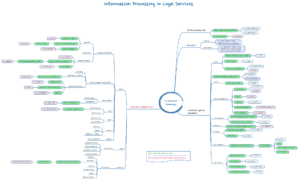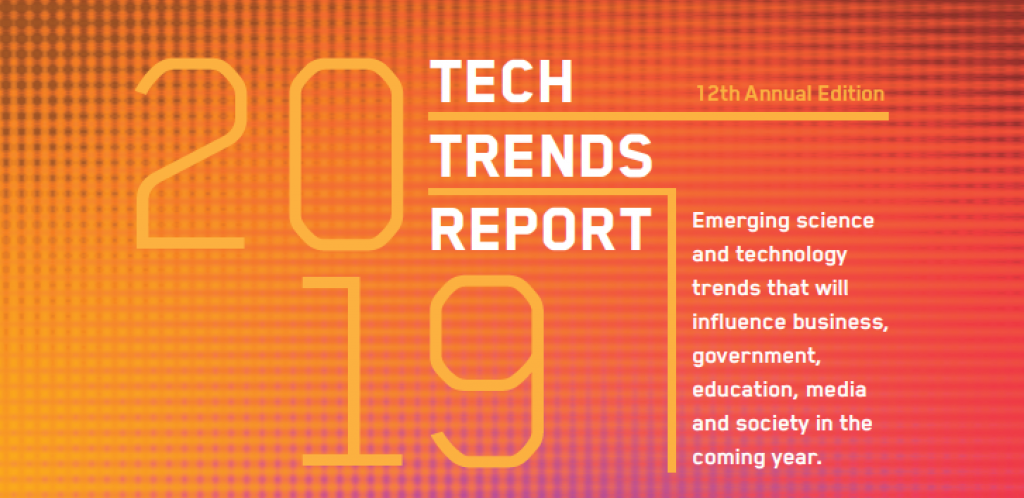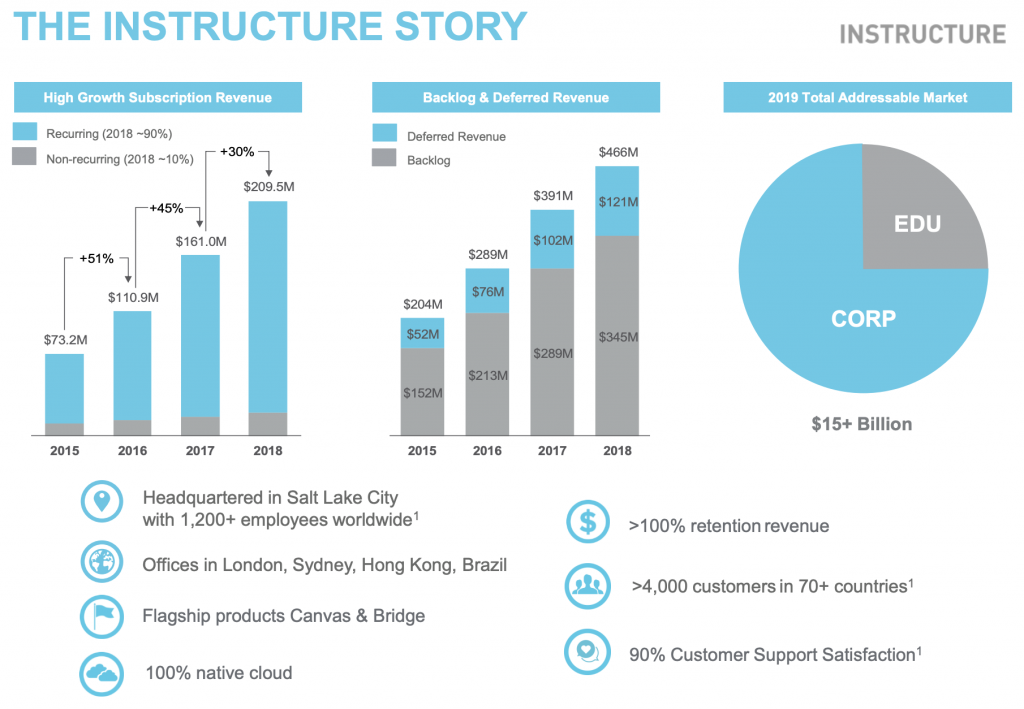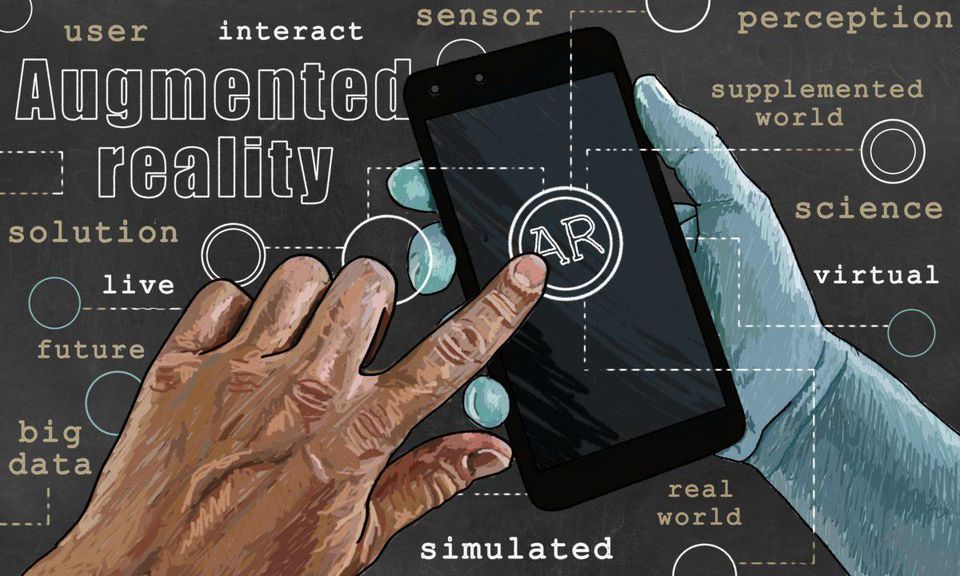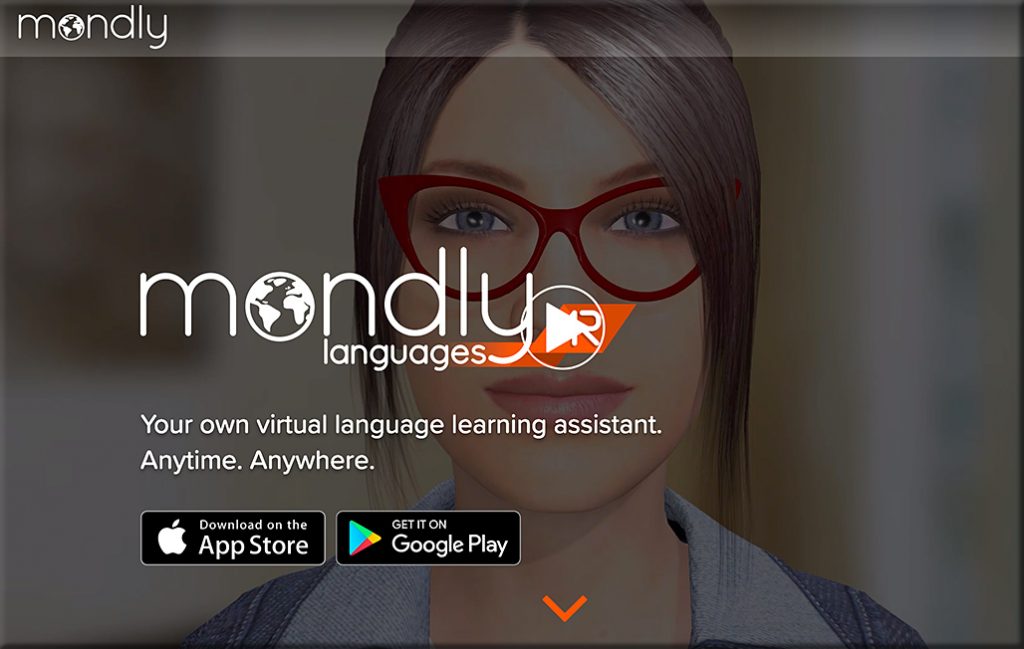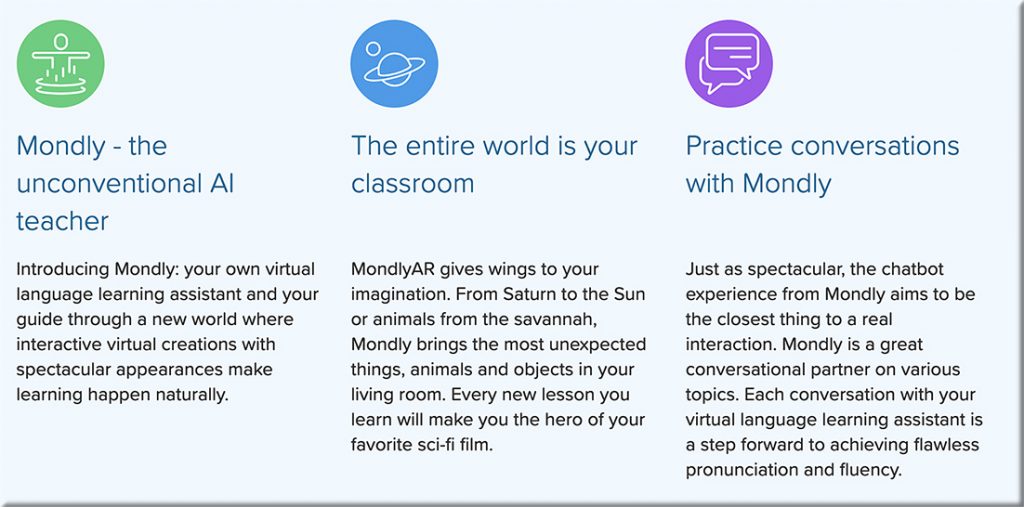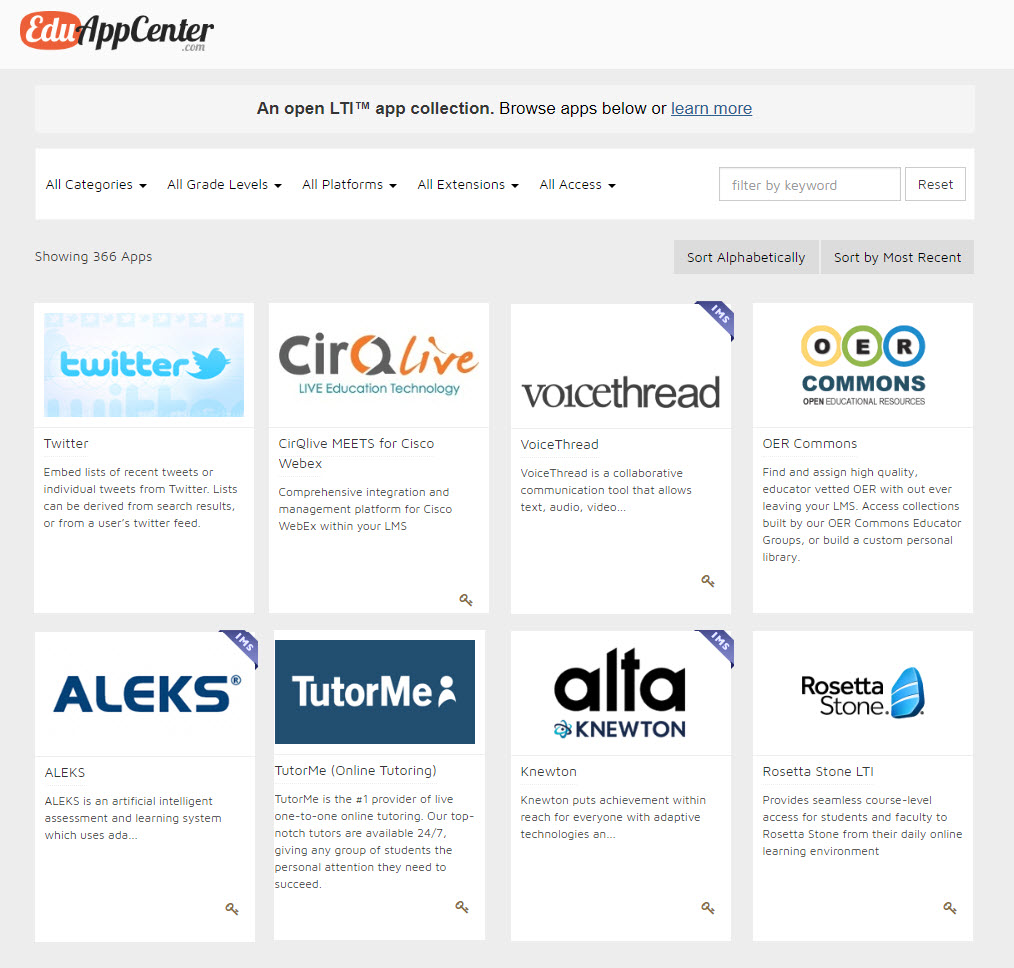Gartner: Top 10 Strategic Technologies Impacting Higher Ed in 2019 — from campustechnology.com by Rhea Kelly
Excerpt:
- Artificial intelligence conversational interfaces. Gartner defines these as “a subset of conversational user interfaces (CUIs), in which user and machine interactions occur in the user’s spoken or written natural language.” The benefit for higher ed insitutions: “CUIs place responsibility on the machine interface to learn what the user wants, rather than the user having to learn the software, saving user time, increasing student satisfaction, and being available to use 24/7.”
- Smart campus. This is “a physical or digital environment in which humans and technology-enabled systems interact to create more immersive and automated experiences for university stakeholders.” While smart campus initiatives are still in the early stages, there has been a rising interest across higher ed institutions, according to Gartner. “The smart campus will drive growth in markets like robotic process automation solutions and augmented and virtual reality in the higher education space. Campus efficiency will be enhanced and student learning will be enriched with the new capabilities they bring. It’s a win all-around, except for the data security implications that come with most technology initiatives today,” said Morgan.
… - Digital credentialing technologies. “Students, faculty and the higher education institutions they are a part of are starting to expect the ability to quickly and freely exchange credentials to enhance the verification and recruitment process,” noted Gartner. Technologies such as blockchain and data encryption are driving change in this area. “In many ways, credentials issued by an education institution are the only tangible evidence of higher education. They should be considered the currency of the education ecosystem,” said Morgan. “These technologies really enable universities to leverage technology to improve the student experience by giving them more control over their information. The only hurdle is a general lack of understanding of digital credentialing technologies and risk-averseness in the high-stakes nature of the higher education market.”









